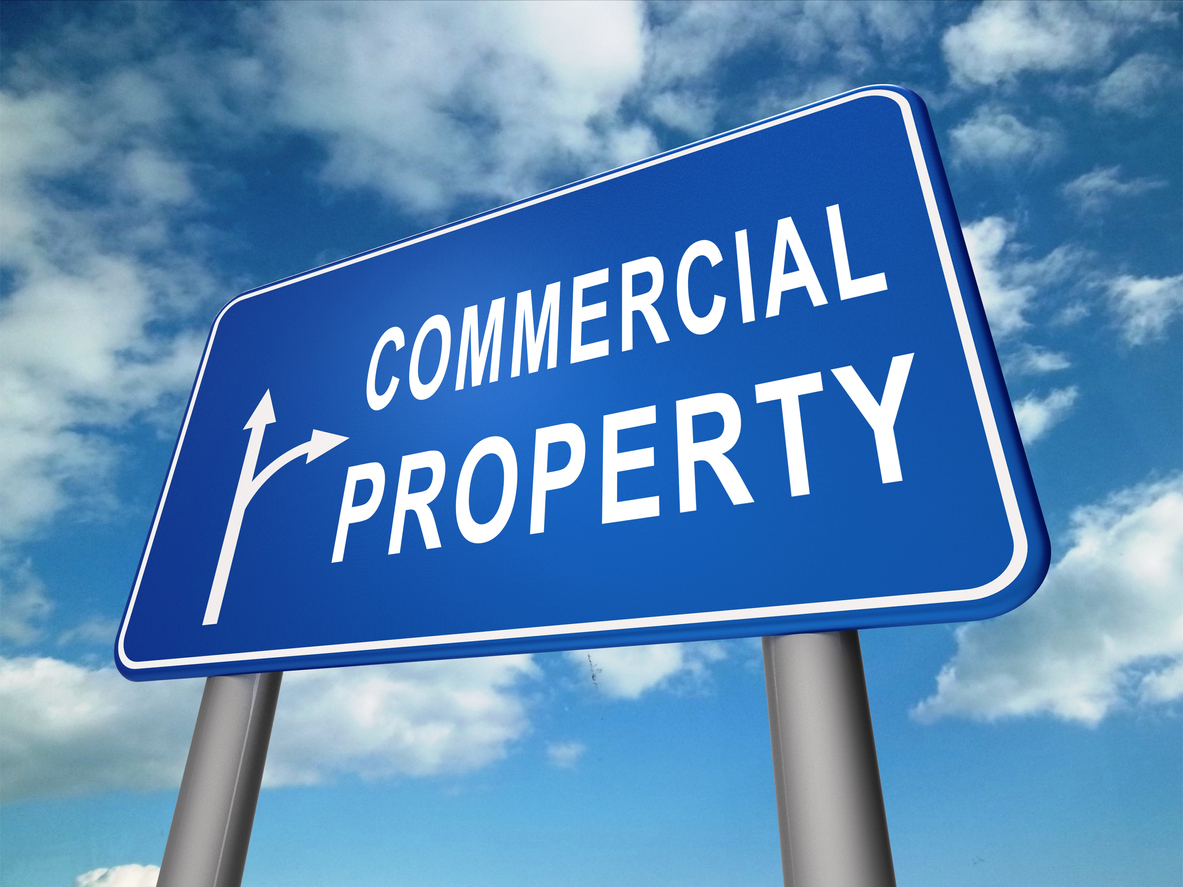
Health and Safety Law – How Compliant Are You?
Date: 28/11/2014 | Corporate, Dispute Resolution, Real Estate
It’s essential that businesses manage health and safety at the workplace.
Not only are employers legally required to meet minimum standards, ensuring a business is a healthy and safe place to work will contribute to a comfortable working environment, and reduces the risk of claims by employees. A common sense approach and continuous assessment will help to ensure a business fulfils its duties.
The Need for a Policy
The first step is appointing someone competent to fulfil your health and safety obligations and then creating a health and safety policy. This doesn’t necessarily need to be a lengthy document, just an understandable guide to who does what, when and how, both in an emergency or day-to-day. Templates are available from the Health and Safety Executive (HSE) website to help with this. The policy should be circulated to all employees, and it should be reviewed regularly, especially if new equipment is introduced to the business or if practices change.
Risk Assessment
A risk assessment involves considering what aspects of your business could cause harm to anyone on the premises, not just employees but also clients, the public and anyone else. For particular risks there are specific control measures which employers must have in place, for example where employees are working at height, or where chemicals, machinery or asbestos are involved. Make sure you check the relevant rules and find out what control measures are required.
Consultation
Employers must consult their employees on health and safety. In a small business this can happen directly by listening and speaking to employees, or a bigger employer may have a health and safety representative, selected by employees or a trade union. Find out what employees think are the risks at work, how they can be controlled in a practical way and what training and information is required. They may also spot issues that management and senior staff may be unaware of.
Training
Each business has different risks and staff training should be proportionate. Often this can be done in-house on an informal basis, though for specific hazards external trainers may be required. Ensure all training takes place during business hours, and it must be free for all employees. Bear in mind that particular individuals may have different needs to others, for example new starters, young employees and health and safety representatives. Keep a record of what training takes place, so that this can be reviewed regularly.
First Aid
All workplaces must have a suitably stocked first-aid box and an individual appointed to take charge of first-aid arrangements including informing employees.
Insurance
Almost every business which has employees must have employers’ liability insurance. You must also display the health and safety law poster somewhere that workers will easily read it.
If an employee becomes ill or injured because of the work they carry out, they will be able to claim compensation from their employer if the employer failed to take reasonable steps to prevent accidents and harm to employees.
Both the HSE and local authorities have powers to enforce Health and Safety requirements, depending on the main activity carried out at the premises in question, and can investigate potential offences. This could lead to prosecution and a fine if a conviction is found.
It’s in everyone’s interest therefore, that a business complies with health and safety requirements.





























































































